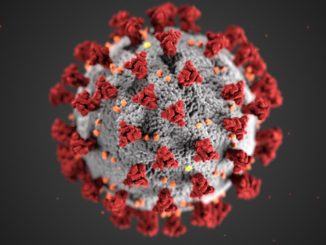
Do you want to better remember new names and faces? Go, hit the sack. According to researchers, people are better at remembering faces and names if they get eight-hour sound sleep after seeing those faces and names for the first time.
Many different kinds of memories are improved with sleep.
While a couple of studies have looked at how naps might affect our ability to learn new faces and names, no previous studies have looked at the impact of a full night of sleep in between learning and being tested.
“We found that when participants were given the opportunity to have a full night’s sleep, their ability to correctly identify the name associated with a face – and their confidence in their answers – significantly improved,” explained Jeanne F Duffy, associate neuroscientist at Brigham and Women’s Hospital (BWH).
Participants in the study underwent testing in a controlled environment while staying at BWH’s centre for clinical investigation.
They were shown 20 photos of faces with corresponding names from a database of over 600 colour photos of adult faces and asked to memorise them. After a 12-hour period, they were then shown the photos again with either a correct or incorrect name. In addition to answering whether or not the correct name was shown, participants were asked to rate their confidence on a scale of one to nine.
When given an opportunity to sleep for up to eight hours, participants correctly matched 12 percent more of the faces and names.
The findings suggest that sleep after new learning activities may help improve memory. While the current study was conducted on healthy subjects in their 20s, the research team would like to explore the implications for people of all ages, including older adults.
“Sleep is important for learning new information. As people get older, they are more likely to develop sleep disruptions and sleep disorders, which may, in turn, cause memory issues,” Duffy noted.
By addressing issues with sleep, we may be able to affect people’s ability to learn things at all different ages, the authors concluded in a paper appeared in the journal Neurobiology of Learning and Memory.





Be the first to comment